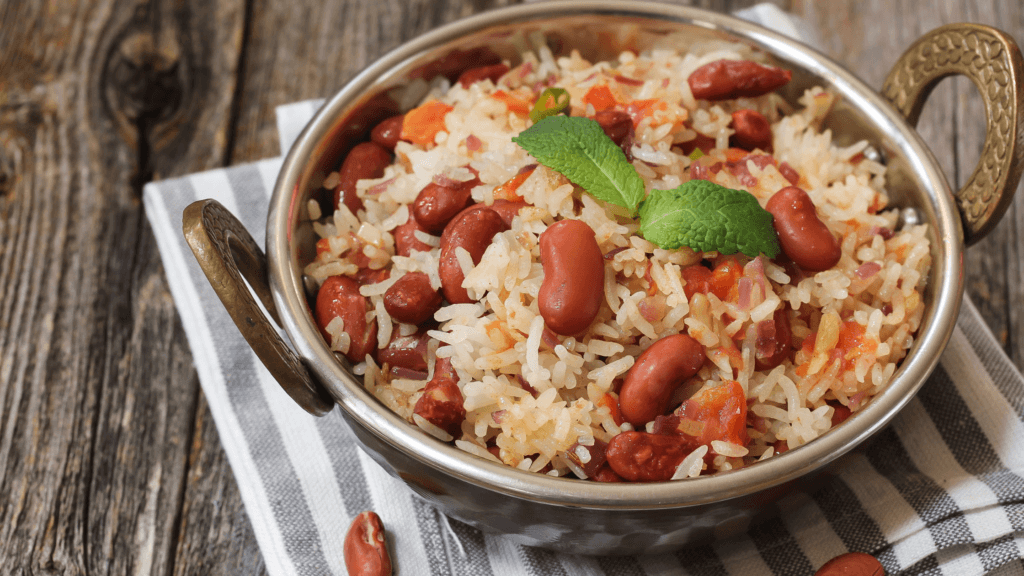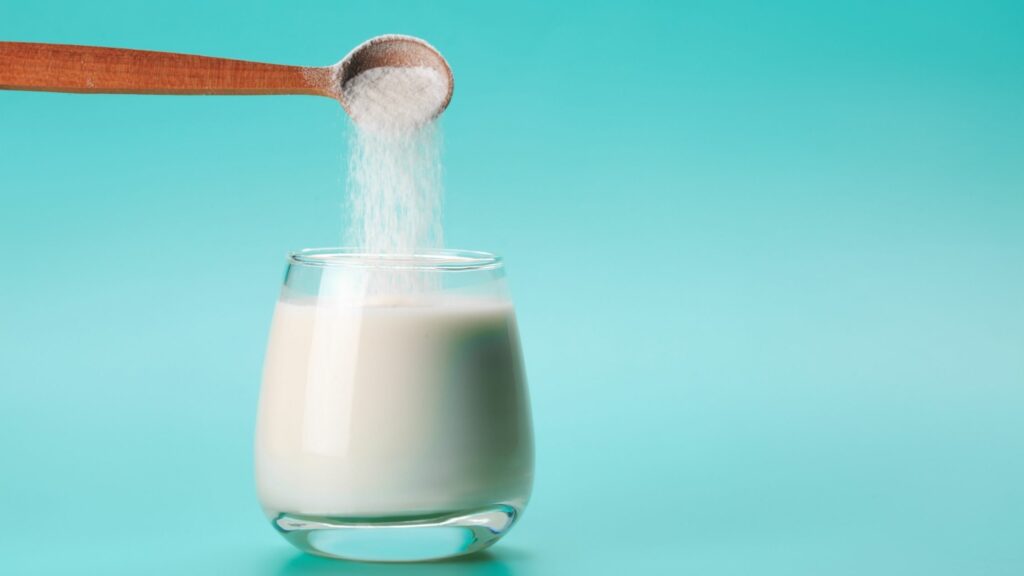Just about everyone has some kind of food storage containers. You may have the cheap plastic ones from the dollar store or your containers may be heavier duty glass jars and ceramic containers. But, are these the best options when it comes to long term food storage?
Most preppers want food that lasts many years and they may even invest in items that are guaranteed for 25 years . . . but don’t worry if you’re not that hardcore. Just being able to store food items for 2-5 years, if done properly, is more than enough.
Before we look at the best food storage containers, let’s consider the biggest problems with storing foods for a long period of time.
Common Problems with Long Term Food Storage
There are a number of things that can go wrong when you are keeping food for longer than you usually would. If you know what these problems are, you can offset them by choosing the right containers and bins to keep food in.
Oxygen
We may need it to breathe, but oxygen is terrible for your food. It’s particularly bad for anything with a flour base and can harden up your food. Air also makes food tend to taste stale over time, so you definitely want to keep it out of your containers.
Moisture
One of the biggest enemies of food storage is moisture. If you have any type of moisture getting into your food packages, you will end up with mold and completely inedible food when you go to open it up. Anything that is not packed in a moisture-proof container can be affected, but you also want to keep your food stored in an area that is not damp. Keep it away from sinks, laundry rooms, bathrooms, etc.
Heat
Any time heat rises too much in the space where you’re keeping your food, it will cut the shelf life drastically. This means you need to keep any long term storage food in a cool, but not freezing place. Avoid attics or garages where the temperatures may vary drastically. Cold can be damaging, too, but not nearly as bad as the heat.
Insects
There’s nothing worse than reaching into your food and realizing that it is crawling with bugs. Grains are most likely to have bugs in them already. There are a few ways to handle this. You can freeze the food for a week, add diatomaceous earth, or drop some bay leaves into the food container in order to prevent insects from hatching out.
Light
Just like oxygen, light can cause your food to drop in nutritional value. You should keep your food in a dark place, which may be made dark by covering windows or such, but the simplest option is to choose containers that keep out light, as well as air.
Rodents
A rat can actually chew right through a plastic container, so you should frequently check on your food storage. Make sure there are no droppings anywhere, or scratches and bite marks on your containers. You can also set traps or use peppermint oil to help keep the critters at bay, but you definitely want good food storage containers, too.
Obviously, you can eliminate a large number of the above issues if you have the right food storage containers. You want to look for three main things:
Lid Seal: Does it seal? This is very important if you plan to keep your food for more than a month or two. Some people like to double package their food. This means you put it into a mylar bag or other sort of bag and then put the bag into the storage container. Even so, it’s best if the lid seals perfectly.
Material: The material used for the containers is very important. Plastic is long-lasting and waterproof, etc. but it also has the issue of leaching chemicals into your food, if you’re not careful. Be sure to choose food-safe plastic. You may also opt for glass, which is non-reactive but may have issues with sealing. Metal can react to some foods, so you’ll need to have a liner to prevent the food from touching metal. This type of food container may also deteriorate over time, particularly in damp areas and metal does not protect at all against extreme temperatures.
Transparency: Ideally, your containers will be opaque, so they don’t allow light in. This is particularly helpful if you don’t have anywhere you can actually keep the food in the dark. In this case, the container will do it for you.
Best Food Storage Containers
The following are the long term storage containers that we recommend for your food:
Mylar Bags
You can use these with oxygen absorbers to pack your food if you want it to stay fresh and protected.
The bags are airtight when sealed and keep out any type of moisture. They can be used to pack smaller amounts of food in larger containers. Most packages of the bags will include the oxygen absorbers, but you can also buy these separately.
Food Grade Buckets
You’ve seen these buckets everywhere. They’re used for everything from food storage to mixing concrete and keeping chemicals in. This is one of the best choices for food storage if you’re doing it long term.
The buckets are sturdy, airtight, and BPA free. They are designed to be used with food and can hold five gallons of food, plus you can reuse them as needed.
Get your food grade buckets here.
Plasstic Storage Containers
Though meant for cereal, these containers are designed to be airtight and they also hold quite a bit of food. However, these containers are clear, so they will need to be kept in a dark place once you fill them.
Another advantage here is that these containers stack easily and are food grade.
Get your cereal storage containers here.
Glass Jars
While jars are more likely to break and don’t have any protection against light, glass is a great option for food storage. It tends to be rodent and bug proof and it will certainly keep out air, moisture, and any scents that may be floating around.
These gallon jars aren’t the only glass containers you can use, but they are nice and easy to fill and have plenty of space. These are also awesome for making iced teas and kombucha when empty.
What is your favorite food storage container? Share in the comments below, or jump over to Facebook to let us know!







